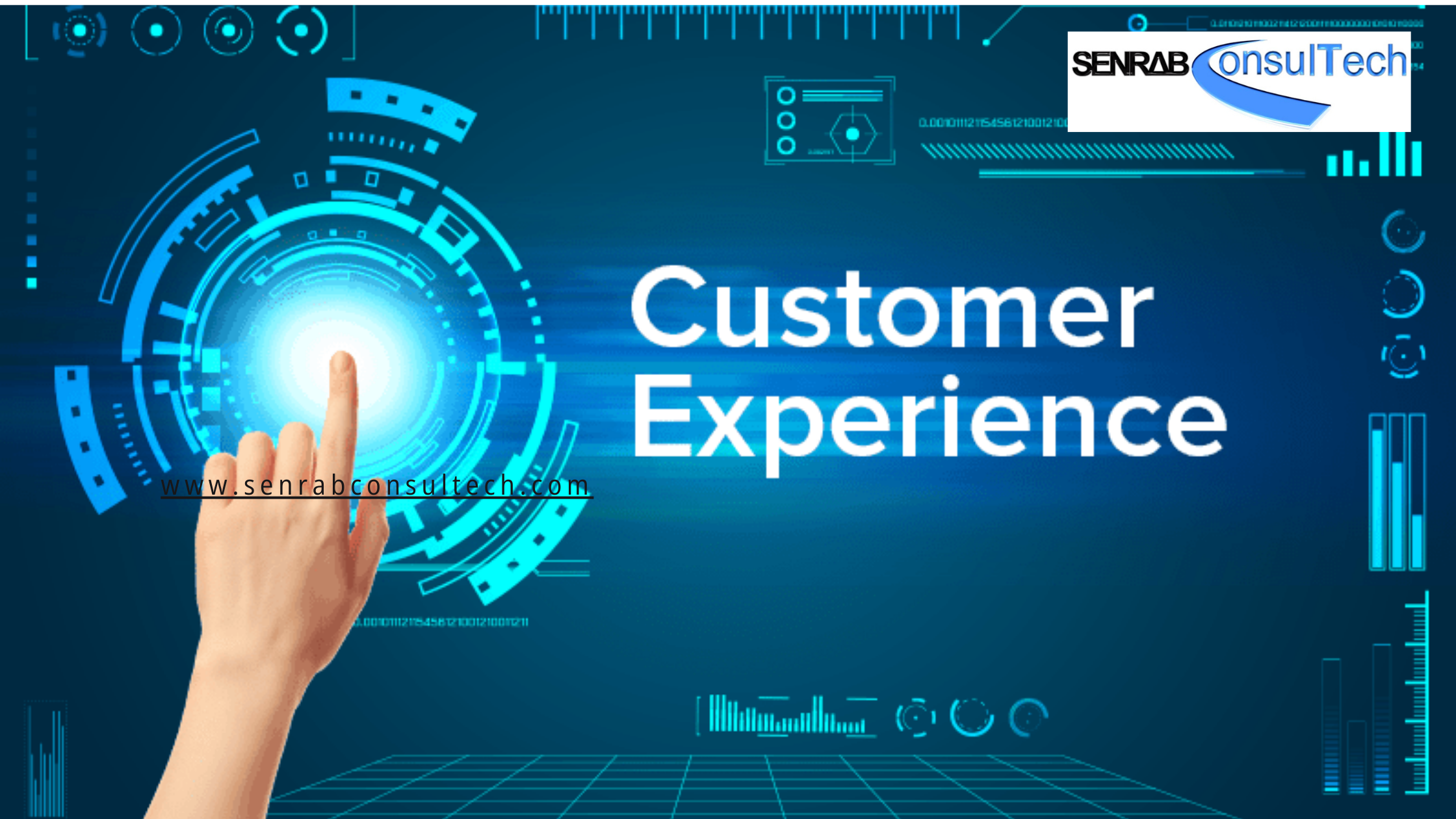Efficient exit management is critical to maintaining a positive work environment and protecting your company’s reputation. A well-managed offboarding process ensures that departing employees leave with goodwill, and it minimizes potential disruptions.
But handling exit management manually can be cumbersome, prone to errors, and create gaps in compliance. This is where SeamlessHR comes in, offering a transformative solution that simplifies and streamlines the offboarding process.
In this article, we’ll explore five proven ways SeamlessHR enhances the exit management experience, ensuring a smooth transition for both the employee and the organization.

1. Simplified Exit Workflows
SeamlessHR revolutionizes exit management by automating and simplifying the entire process. From handling resignation requests to managing retirements, the platform offers customizable workflows that cater to an organization’s specific needs.
When an employee initiates the exit process, SeamlessHR automatically triggers workflows that ensure all relevant parties are informed. The system schedules exit interviews, collects documentation, and generates resignation approval requests in a few clicks. HR professionals no longer need to track every step manually, as the system takes care of everything from notifications to task delegation.
By automating these workflows, SeamlessHR eliminates human errors and reduces the time it takes to complete the exit process. This not only enhances efficiency but also creates a more structured and professional offboarding experience for departing employees.
2. Improved Stakeholder Involvement
Exit management involves multiple departments: HR, IT, finance, and management. All of whom need to be involved in the process. SeamlessHR ensures seamless communication between these stakeholders, reducing the risk of important steps being missed or delayed.
The platform assigns tasks to the right stakeholders at the right time, ensuring everyone is aware of their responsibilities. Managers can approve resignation requests, HR teams can schedule exit interviews, and IT can handle the deactivation of employee accounts all from a centralized system. Real-time notifications ensure that no tasks fall through the cracks and deadlines are met without bottlenecks.
This level of coordination between departments improves efficiency and ensures the employee’s transition is as smooth as possible.
3. Seamless Documentation And Compliance
Handling exit documentation can be overwhelming, especially when multiple legal and company policies need to be followed. With SeamlessHR, companies can manage the entire documentation process effortlessly, ensuring full compliance with internal policies and labor regulations.
The platform centralizes all exit-related paperwork, from resignation letters to final settlement agreements, making it easily accessible to HR teams and legal advisors. SeamlessHR ensures that all required documents are completed, signed, and securely stored, mitigating the risk of non-compliance.
Additionally, SeamlessHR offers secure data transfer capabilities, ensuring that sensitive information, such as payroll details or performance reviews, is securely transmitted during the exit process. This helps protect the company from legal repercussions while safeguarding the departing employee’s data.
4. Conducting Insightful Exit Interviews
Exit interviews offer valuable insights into why employees leave, which can help companies refine their retention strategies. SeamlessHR simplifies the exit interview process by offering structured interview templates that ensure HR professionals capture comprehensive feedback.
The platform makes it easy to schedule and conduct interviews, and all feedback is stored in a centralized database. HR teams can analyze the data collected from exit interviews to identify patterns in employee departures, whether it’s related to compensation, management, or work-life balance. These insights help organizations understand potential issues within their teams and take proactive measures to improve employee retention.
In addition to providing valuable feedback, exit interviews facilitated through SeamlessHR also show departing employees that their opinions are valued, leaving a positive impression and potentially preserving relationships for future collaboration.

5. Post-Exit Data And Analytics
One of the most powerful features of SeamlessHR is its robust analytics module, which tracks post-exit data. The platform allows HR teams to assess various metrics, including turnover rates, common exit reasons, and the overall efficiency of the offboarding process. These insights are crucial for refining HR strategies and improving organizational culture.
With real-time analytics, companies can track why employees are leaving and how quickly offboarding processes are completed. HR teams can also generate reports to evaluate how exit management impacts other HR functions, such as talent acquisition and employee engagement.
This data-driven approach allows organizations to make informed decisions that can enhance both retention and recruitment strategies, ultimately reducing employee turnover and improving workplace satisfaction.

Conclusion
Exit management is often an overlooked process, but it plays a significant role in shaping an organization’s culture and reputation. SeamlessHR transforms the offboarding experience by automating workflows, improving stakeholder collaboration, ensuring compliance, facilitating insightful exit interviews, and providing valuable post-exit analytics.
For organizations looking to streamline their exit management process, SeamlessHR offers the tools and solutions necessary to ensure a smooth, compliant, and insightful offboarding experience. By leveraging these five proven ways to enhance exit management, businesses can retain valuable insights, reduce risks, and foster a positive relationship with departing employees.
Contact Senrab ConsulTech today and explore SeamlessHR’s exit management module to streamline your offboarding process and improve your overall HR efficiency.


